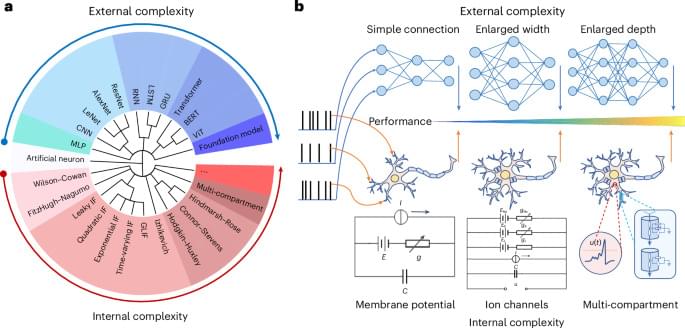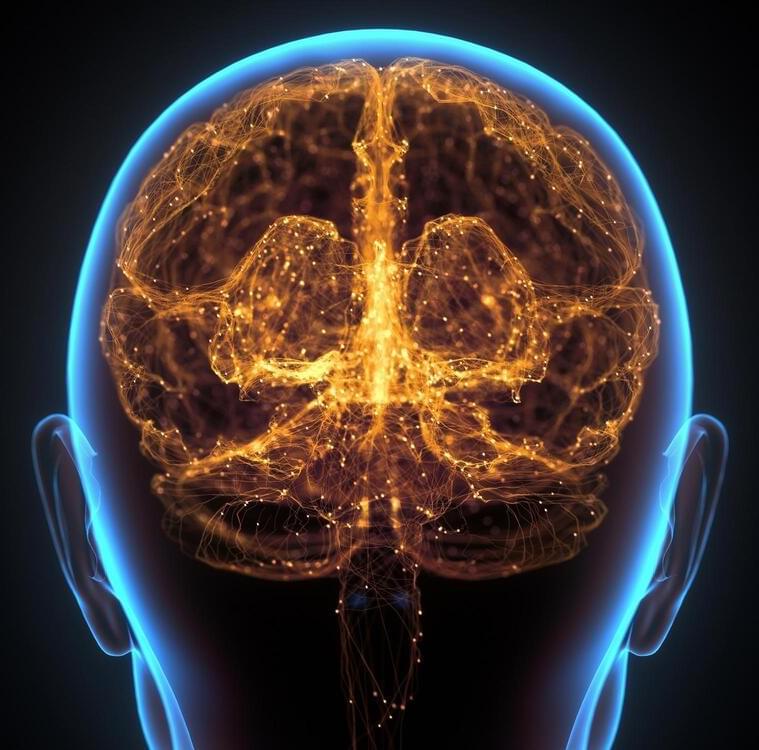The “crisis in cosmology,” sparked by differing measurements of the universe’s expansion, may be nearing a resolution thanks to the James Webb Space Telescope. New data analyzed by scientists suggests that the Hubble tension might not be as severe as previously thought. This could mean our current model of the universe remains accurate.
The Debate on the Universe’s Expansion Rate
We know many things about our universe, but astronomers are still debating exactly how fast it is expanding. In fact, over the past two decades, two major ways to measure this number — known as the “Hubble constant” — have come up with different answers, leading some to wonder if there was something missing from our model of how the universe works.







